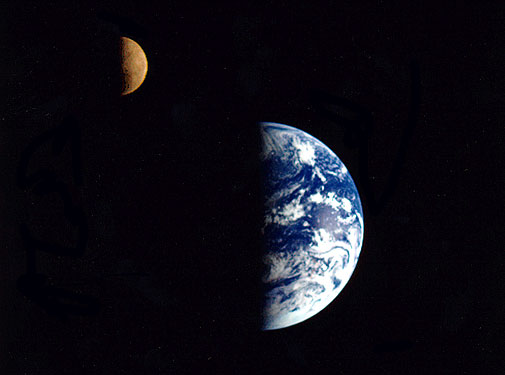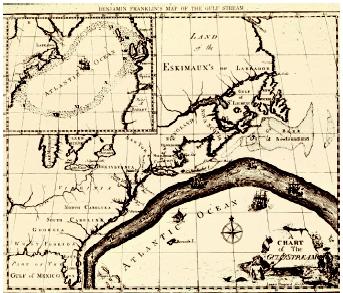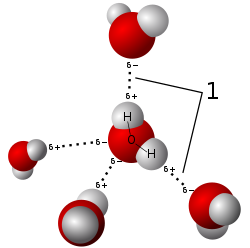Printer
- A device that prints text or illustrations on paper. There are many
different types of printers. In terms of the technology utilized,
printers fall into the following categories:
Dot matrix: A type of impact printer that produces characters and illustrations by striking pins against an ink ribbon to print closely spaced dots in the appropriate shape. Dot-matrix printers are relatively expensive and do not produce high-quality output. However, they can print to multi-page forms (that is, carbon copies), something laser and ink-jet printers cannot do.
 Dot
Matrix Printer Manufacturers include Epson, Okidata
and Brother
Dot
Matrix Printer Manufacturers include Epson, Okidata
and Brother
Dot-matrix printers vary in 3 important characteristics:
Dot matrix: A type of impact printer that produces characters and illustrations by striking pins against an ink ribbon to print closely spaced dots in the appropriate shape. Dot-matrix printers are relatively expensive and do not produce high-quality output. However, they can print to multi-page forms (that is, carbon copies), something laser and ink-jet printers cannot do.
 Dot
Matrix Printer Manufacturers include Epson, Okidata
and Brother
Dot
Matrix Printer Manufacturers include Epson, Okidata
and BrotherDot-matrix printers vary in 3 important characteristics:
Speed: Given in characters per second (cps), the speed can vary from about 50 to over 500 cps. Most dot-matrix printers offer different speeds depending on the quality of print desired.
Print
quality: Determined by the number of pins (the mechanisms
that print the dots), it can vary from 9, 18 or 24pins. The best dot-matrix
printers (24 pins) can produce near letter-quality type, although
you can still see a difference if you look closely.
Ink:
Dot Matrix Printer use ribbon for ink
In addition to these characteristics, you should also consider the noise factor. Compared to laser and ink-jet printers, dot-matrix printers are notorious for making a lot of noise.
In addition to these characteristics, you should also consider the noise factor. Compared to laser and ink-jet printers, dot-matrix printers are notorious for making a lot of noise.

 function is expressed as the derivative of the consumption function
function is expressed as the derivative of the consumption function  with respect to disposable income
with respect to disposable income  .
.
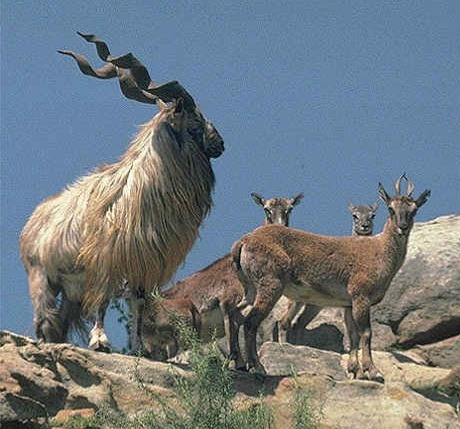







 100= 650 metres
100= 650 metres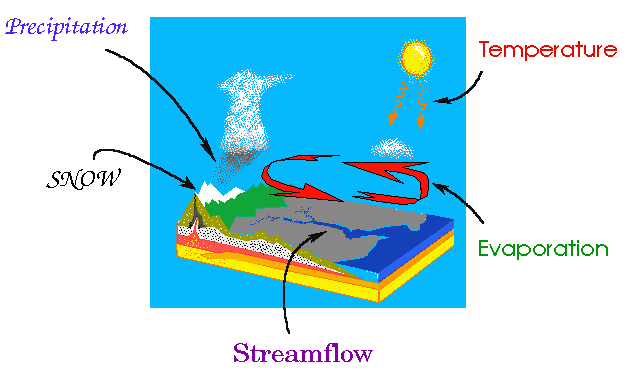



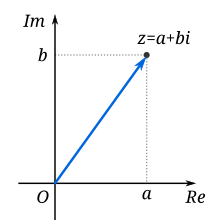

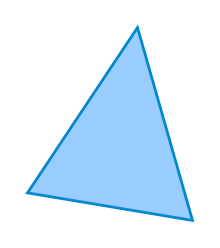
 .
.